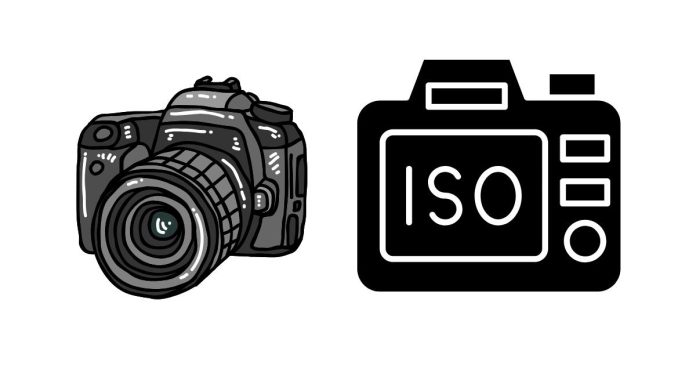When capturing photos, understanding how exposure time and ISO influence hue can significantly improve your results. Here’s a simple breakdown:
Exposure Time and Hue
Exposure time (or shutter speed) determines how long the camera sensor is exposed to light. Longer exposure times can introduce color shifts, especially in low-light environments. This happens because light sources like streetlights or LEDs often have specific color temperatures. Prolonged exposure amplifies these colors, making them more intense or warm. For example, nighttime shots with a long exposure might appear more orange or yellow due to artificial lighting.
On the other hand, shorter exposure times preserve hues closer to what the eye perceives but may result in underexposed images if light is insufficient.
ISO and Hue
ISO controls the camera sensor’s sensitivity to light. Increasing ISO can brighten an image but often comes at a cost which is digital noise. This noise can distort colors, making hues appear less accurate or muted. For example, in high ISO settings, you might notice reds looking more magenta or greens appearing washed out.
Balance
To maintain true-to-life hues, aim for a balanced combination of exposure time and ISO. Use longer exposures in low light with a tripod to avoid raising ISO too much. Conversely, in bright settings, prioritize lower ISO and faster shutter speeds.
By understanding these interactions, you can capture vibrant, accurate colors in any lighting condition.



